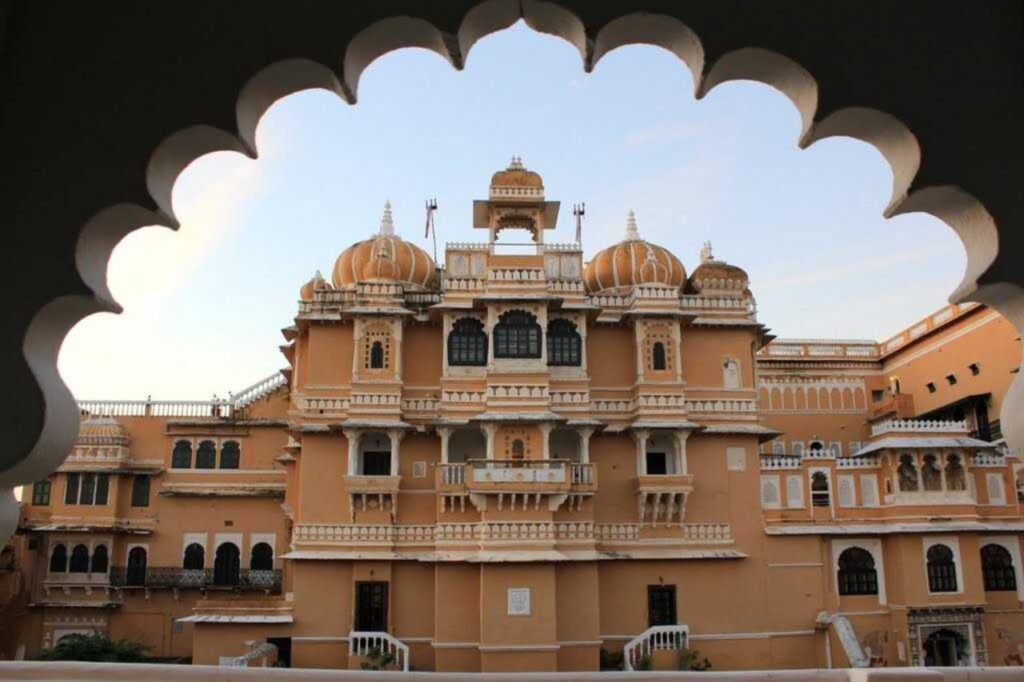Sikar Pincodes
Enter the Pincode or Location Below in the Box
Pincodes of Sikar

Here is a list of Sikar Pincodes
About Sikar
Sikar, nestled in Rajasthan, serves as the district’s administrative heart and the Shekhawati region’s largest city. Famed for its coaching centers, it’s a prime hub for competitive exam prep, hosting numerous engineering and medical institutes. Surrounded by fertile plains, it thrives as an agricultural trade center, strategically positioned near rail and road junctions. Its historical charm echoes through ancient havelis, offering glimpses of a bygone era. Positioned within reach of Jaipur, Jodhpur, Bikaner, and New Delhi, Sikar blends heritage with accessibility. The district’s renown extends to the revered Khatu Shyam Temple in Khatoo, a mere 16 km from Reengus, adding spiritual significance to its allure.
History
Sikar, once the grandest Thikana (Estate) of Jaipur state, was formerly recognized as Shekhawati Pradesh. Serving as the capital of Thikana Sikar, it boasted fortified walls enfolding seven distinguished “Pols” (gates) – Bawari, Fatehpuri, Nani, Surajpole, Dujod (Old & New), and Chandpole. These historic gates stood as testaments to its rich heritage. Governed by the illustrious Shekhawat Rajputs, Sikar held a pivotal role in history. The legacy of these rulers resonates through the city’s architectural splendor and cultural opulence, reflecting the grandeur and valor of the bygone era within the embrace of its monumental gates and regal lineage.
